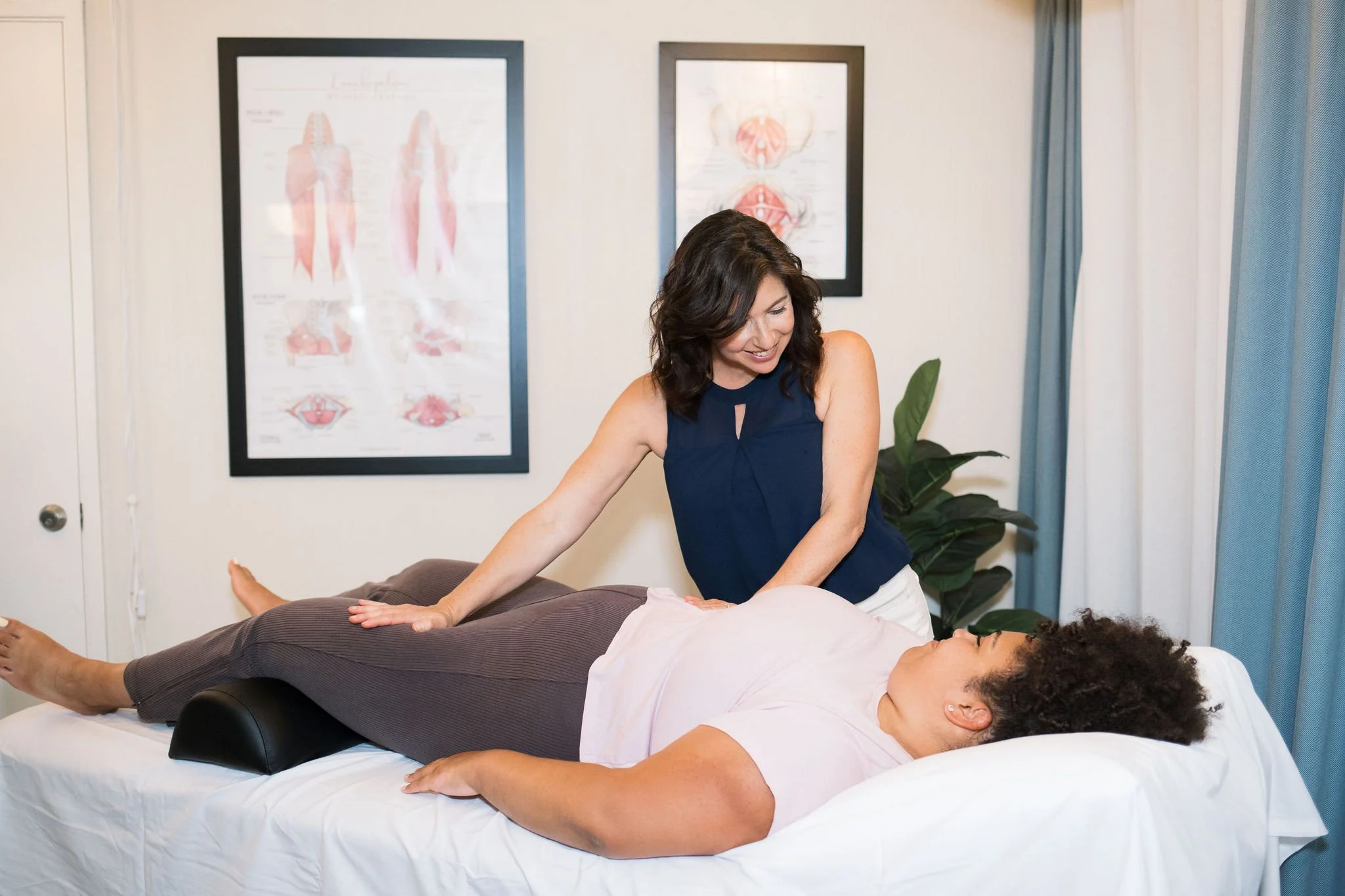
Pelvic Organ Prolapse
Lifting the Weight of Pelvic Organ Prolapse
That heavy, falling-out feeling isn’t something you have to live with. We can help you feel supported again.
We Treat
Pressure or heaviness in the pelvis
Visible/palpable bulge at vaginal opening
Discomfort during activity or intercourse
Difficulty emptying bladder or bowels
Urgency or leaks caused by prolapse
Common Causes
Vaginal childbirth
Genetics
Menopause
Aging
Obesity
Hysterectomy
Key Facts
Approximately 50% of women experience pelvic organ prolapse
20% undergo surgery; recurrence occurs in about 30% of cases
Our Approach
Pelvic floor therapy restores support, strength, and comfort. We evaluate muscle tightness, weakness, and coordination, then design a plan just for you. Often, we start by releasing overly tight muscles before building strength—an approach that brings lasting relief and better function.
Restore Balance – Teach your pelvic floor when to relax and when to engage.
Strength & Endurance – Progress pelvic floor, core, and hip strength for stability.
Pressure Management – Retrain breathing and movement so your pelvic floor isn’t overloaded.
Manual Therapy – Gentle hands-on care to release tightness and scar tissue.
Lifestyle Strategies – Safer ways to lift, move, and exercise without strain.
Home Program – Simple, tailored exercises to maintain results long-term.
Your First Visit
Full history + optional internal exam in a private, supportive space
Immediate pelvic floor treatment for comfort and stability
Many feel improved support in just a few sessions
Direct Access
No referral needed—California law gives you direct access to physical therapy. You can book with us anytime.
Insurance & Rates
We operate out-of-network to provide the highest quality care without restrictions.
PPO plans: Pay at the time of service; we’ll provide a superbill you can submit to your insurer for reimbursement (typically 30–90%).
HSA/FSA: Accepted.
HMO plans: These plans generally do not reimburse for out-of-network care, but many patients still choose to see us for the high-quality, specialized care we provide.
Rates: You can view our current rates anytime in the scheduling tool.










